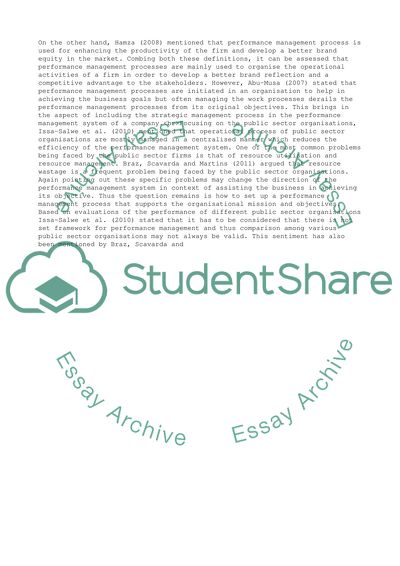Cite this document
(“The development of measurement systems that align with the objectives Thesis Proposal”, n.d.)
Retrieved de https://studentshare.org/management/1672158-the-development-of-measurement-systems-that-align-with-the-objectives-of-public-sector-organisations
Retrieved de https://studentshare.org/management/1672158-the-development-of-measurement-systems-that-align-with-the-objectives-of-public-sector-organisations
(The Development of Measurement Systems That Align With the Objectives Thesis Proposal)
https://studentshare.org/management/1672158-the-development-of-measurement-systems-that-align-with-the-objectives-of-public-sector-organisations.
https://studentshare.org/management/1672158-the-development-of-measurement-systems-that-align-with-the-objectives-of-public-sector-organisations.
“The Development of Measurement Systems That Align With the Objectives Thesis Proposal”, n.d. https://studentshare.org/management/1672158-the-development-of-measurement-systems-that-align-with-the-objectives-of-public-sector-organisations.


